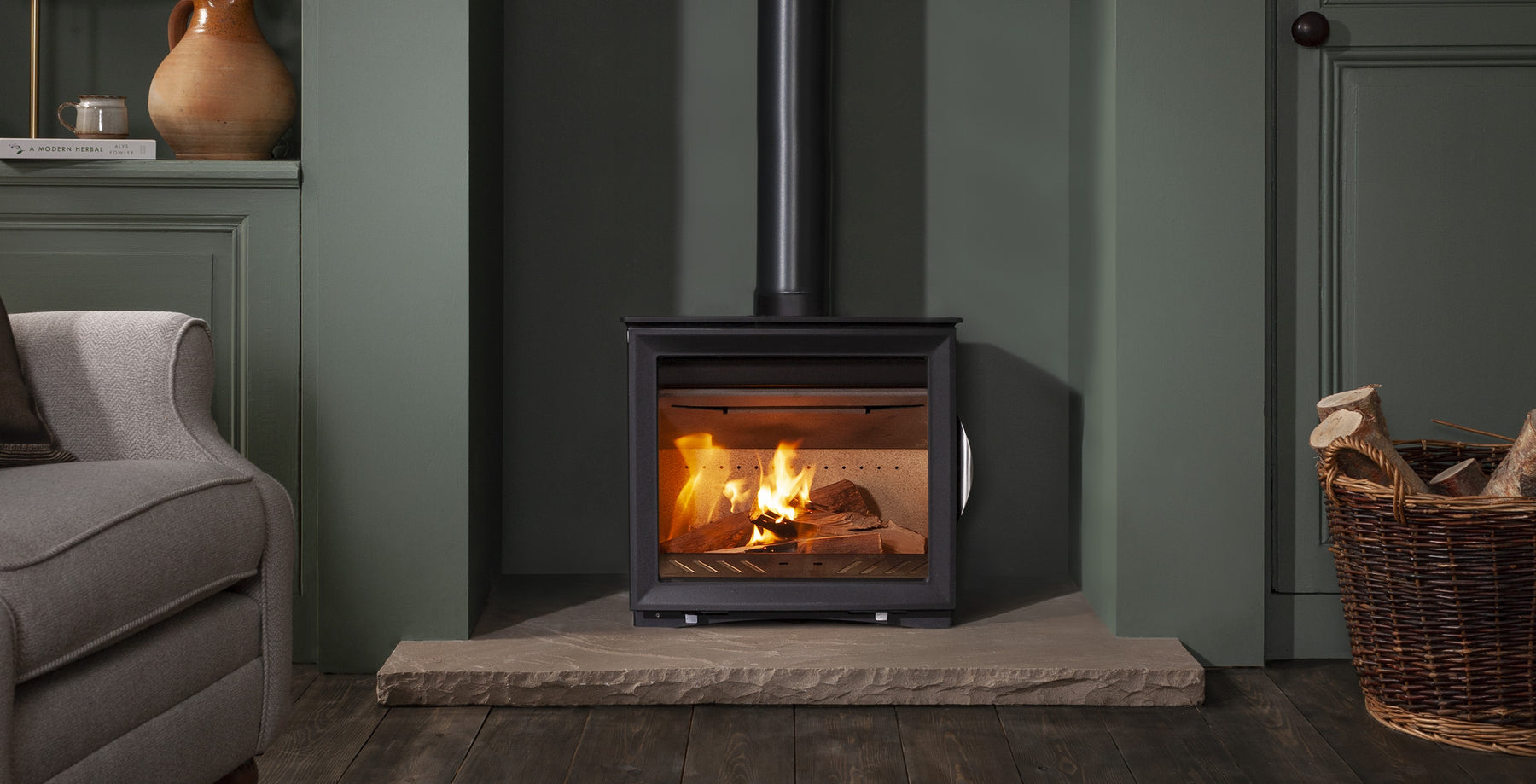0121 271 0221

Why the latest rise in oil prices means there has never been a better time to fit a wood burning stove.
As the cost of oil continues to soar, many people are opting for cheaper, easier and more dependable ways to heat their homes. Wood burning stoves are providing a timely solution, saving consumers money and helping the environment too.
During 2010, the price of home heating oil increased by a staggering 23% (BBC website). As a result, many people struggled to stay warm over the cold winter months. While oil suppliers have been criticised for these gargantuan increases, industry spokespeople blame the rise on wholesale market prices. Individual companies working with small margins are unable to absorb these changes and are forced to raise their prices, placing the financial burden on the customer. This trend, which seems likely to continue, it is hardly surprising that so many people are turning to alternative energy sources to heat their homes.
A cost effective solution
The availability of wood is encouraging many people to switch to a wood burning stove, whether as a way to replace their current home heating system or simply supplement it, reducing their reliance on more expensive fossil fuels.
Wood can be bought from a local supplier, usually from sustainable sources, or waste wood can be collected to reduce costs even further. This means fuel bills no longer fluctuate in response to global events and the ever increasing demand for oil, gas and coal.
As wood burning stoves become increasingly popular, many see it as an investment that increases the value of their property. With a wide range of stoves on the market, it is easy to find one that meets individual needs and the cost of buying the stove and having it installed is quickly offset by reduced fuel bills.
An environmentally sustainable solution
Wood is a greener alternative to fossil fuels, such as oil, gas and coal. Wood can be found locally, reducing, and sometimes eliminating, the carbon emissions and costs involved in transportation and delivery. Furthermore, it is a renewable source, grown with solar energy and requiring very little or no irrigation and pesticides.
As the carbon emitted while burning is roughly equivalent to the amount of carbon absorbed by the tree from the atmosphere throughout its lifetime, burning wood is arguably carbon neutral. This places it at the far end of the spectrum from coal and oil in terms of its impact on the environment.
